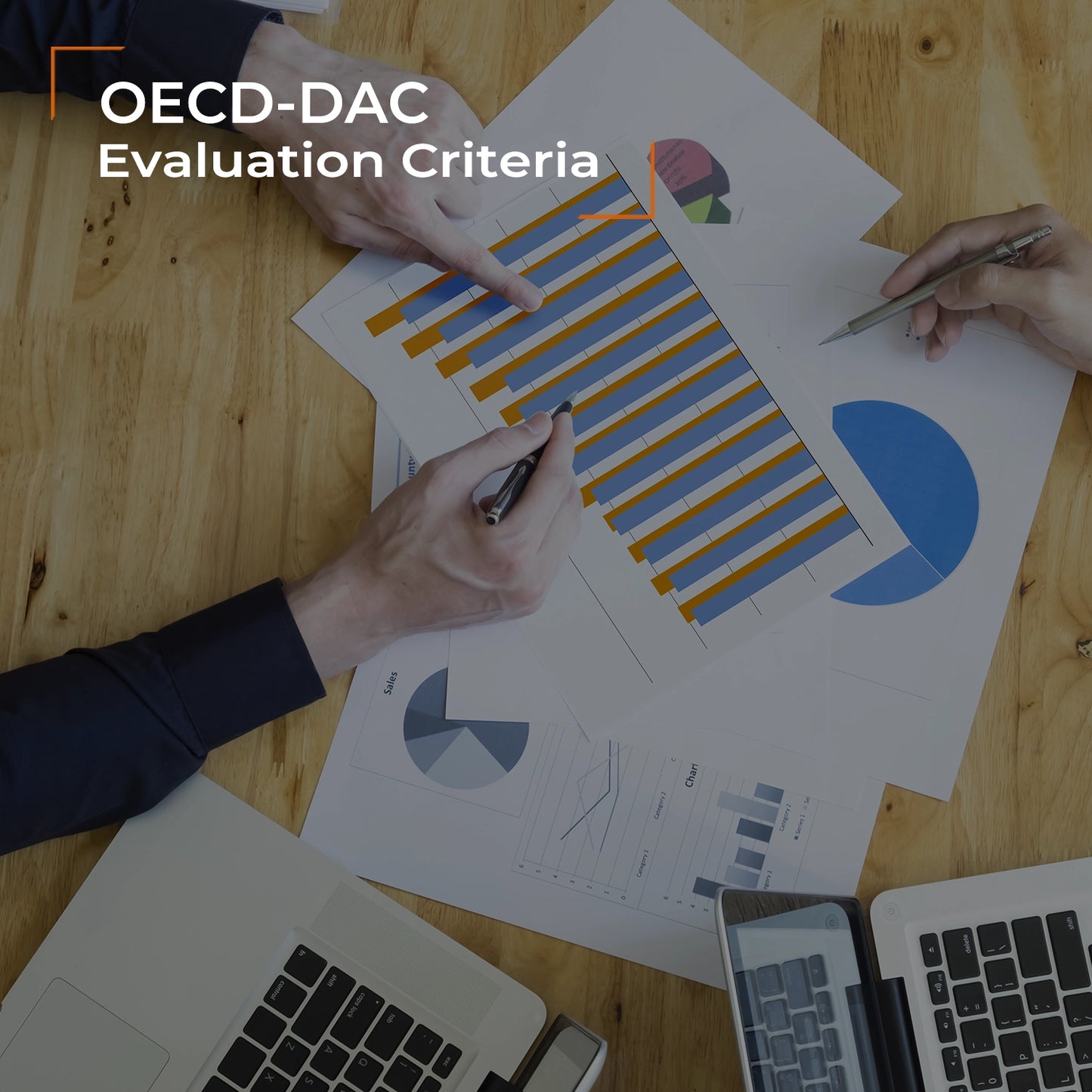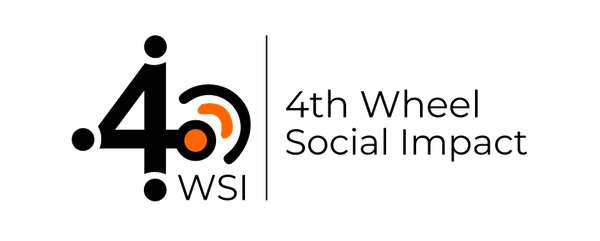OECD-DAC Evaluation Criteria
OECD-DAC Evaluation Criteria
Couldn't load pickup availability
Evaluating for Relevance and Impact
The OECD-DAC Evaluation Criteria provide one of the most widely recognized frameworks for assessing development initiatives. Originally developed in 1991 by the OECD’s Development Assistance Committee, the framework helps organizations and donors evaluate not just whether programs achieve their goals, but also how relevant, efficient, coherent, and sustainable they are in diverse contexts. With the global push toward the 2030 Agenda for Sustainable Development, the DAC criteria remain a cornerstone for evidence-based decision-making and accountability.
How the DAC Framework Supports Evaluation
- Relevance check — Ensuring programs respond to real community needs and priorities.
- Policy alignment — Assessing how initiatives fit within national, regional, or global agendas.
- Goal tracking — Measuring whether intended outcomes are being achieved.
- Resource optimization — Evaluating how efficiently time, funds, and efforts are used.
- Impact mapping — Identifying broader effects, both direct and indirect, across groups and systems.
- Sustainability focus — Examining whether benefits will last beyond the program’s duration.
- Contextual flexibility — Applying criteria selectively based on the purpose and scope of the evaluation.
- Stakeholder-driven design — Using the criteria to reflect what matters most to communities and partners.
The DAC framework provides a holistic lens that balances accountability with learning. By probing into both outcomes and processes, it helps organizations, funders, and policymakers understand whether their interventions are making meaningful, lasting contributions to equitable and sustainable development.
Share


